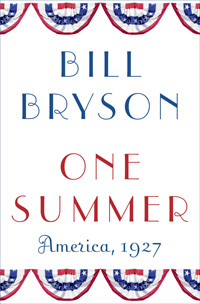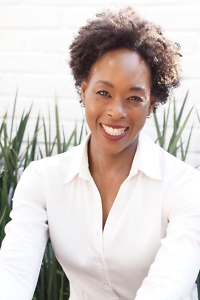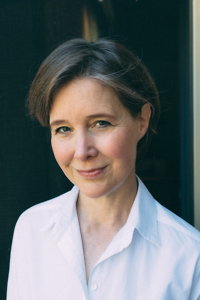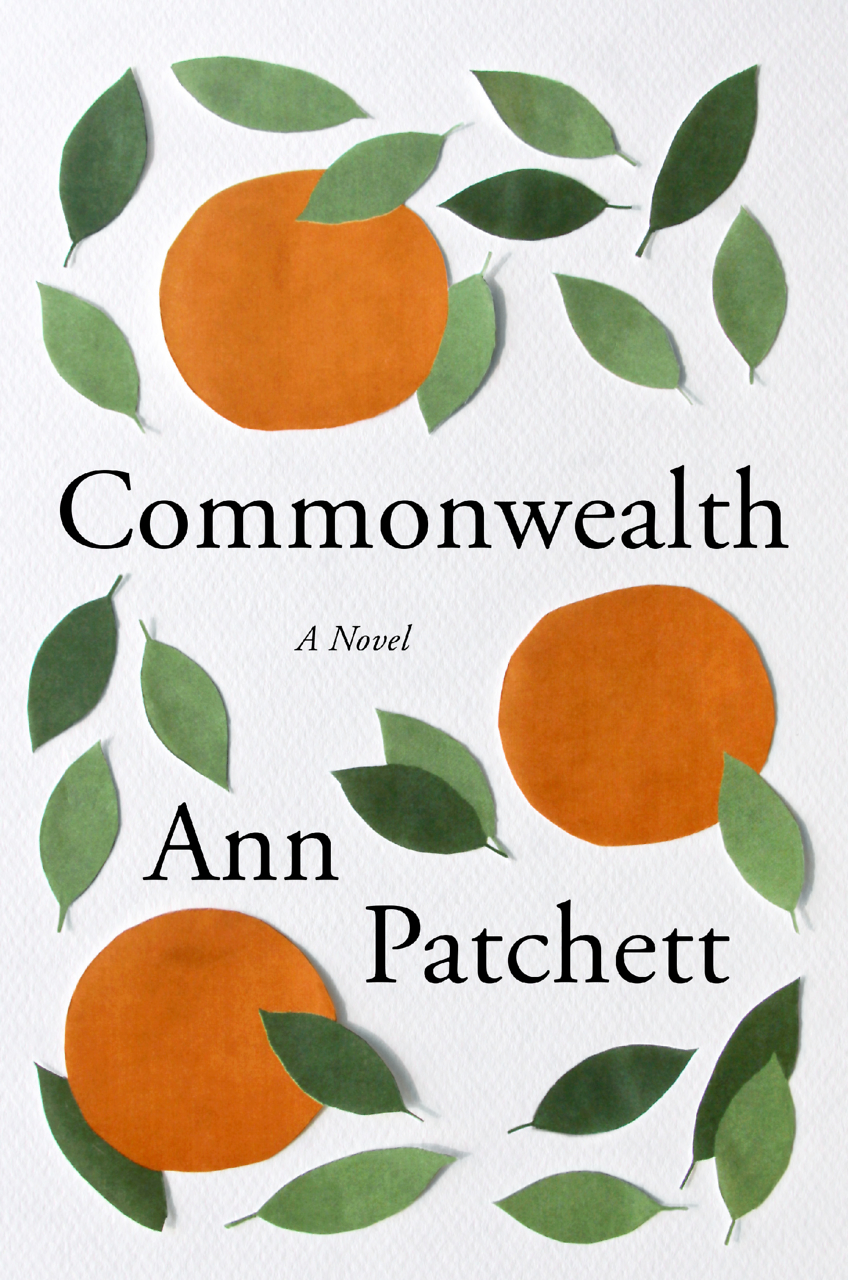A Confluence of Greatness
Bill Bryson talks with Chapter 16 about Charles Lindbergh, Babe Ruth, and other historical figures great and small
The immense popularity of Bill Bryson’s travel writing—including A Walk in the Woods, Bryson’s 1998 account of his effort to hike the Appalachian Trail with an overweight, alcoholic friend—has often overshadowed his engrossing works of history. Covering subjects as varied as the English language, the British Royal Society, common domestic artifacts, and the evolution of the scientific method, Bryson typically converts a large swath of history into a readable narrative. His new book, in contrast, One Summer: America, 1927, covers a much smaller swath of history but with a novelistic attention to detail. An American who has lived most of his adult life in England, Bryson speaks with a clipped British accent in the pleasant, engaged manner of an Oxford don. (He has in fact served as chancellor of England’s Durham University.) He recently talked with Chapter 16 by phone from his hotel in Boston.
Chapter 16: What first drew you to the summer of 1927 as a subject?
 Bill Bryson: Well, the two things that I knew about the summer of 1927 that had always fascinated me were that Lindbergh had flown the Atlantic and that Babe Ruth had hit sixty home runs. There was something about the idea of those two things happening side by side, simultaneously. Obviously they weren’t connected, but I found it slightly fascinating that these two iconic events had happened at the same time. Originally I had the idea that maybe I could do a dual biography in which the direction of the narrative would be leading towards the summer of 1927, when their paths would essentially intersect, and they would become two of the most celebrated figures in America at the same time.
Bill Bryson: Well, the two things that I knew about the summer of 1927 that had always fascinated me were that Lindbergh had flown the Atlantic and that Babe Ruth had hit sixty home runs. There was something about the idea of those two things happening side by side, simultaneously. Obviously they weren’t connected, but I found it slightly fascinating that these two iconic events had happened at the same time. Originally I had the idea that maybe I could do a dual biography in which the direction of the narrative would be leading towards the summer of 1927, when their paths would essentially intersect, and they would become two of the most celebrated figures in America at the same time.
What I discovered, once I started to do my research, was that Ruth and Lindbergh were only a very small part of what was going on that summer, that it was an amazingly eventful summer, possibly the most eventful summer any nation has ever had. And that became the story. So Ruth and Lindbergh became the bedrock of the story, but it was actually all these other events that kept squeezing in on them.
Chapter 16: Those “other events” continually intersected with each other in interesting ways. How did you find such a bank of forgotten coincidence?
Bryson: Well obviously I was very sort of attuned to that. If I saw anything that looked as if there was some kind of cross-fertilization going on I looked into that. For instance, it’s a very slight one, but when I was reading the newspapers, I saw that Lindbergh was staying in an apartment in New York as a guest of Harry Frazee, the guy who had owned the Boston Red Sox and sold Ruth to the New York Yankees and thereby started the curse of the Bambino. I was just completely knocked out that this guy, who was a sort of shadowy background figure, had actually been the man who lent his apartment to Charles Lindbergh in New York. And then I certainly recognized Park Avenue and I kind of recognized the address. I was really very proud of myself because I usually don’t do a lot of sleuthing, but I also discovered, by hunting around a little bit, that this was also the same apartment where a woman named Consuelo Hatmaker had lived when she was younger. She was married to another very important aviator in the book, Charles Nungesser.
Chapter 16: It all feels very Dickensian. What do you do with this information?
Bryson: So it’s almost pathetic because I’m finding these connections that nobody in the universe is really going to care about, but for me these were really exciting moments. There were other connections that I think were more consequential. One very obvious one is that the same storm systems that were causing the great Mississippi flood, which was a huge natural disaster, were also keeping the aviators from taking off. They were what allowed Charles Lindbergh to fly in from the west and become one of the competitors. He should have been two weeks behind everybody else.
Chapter 16: Fans of your travel writing will likely enjoy this book’s detailed descriptions of various scenes—airfields, ballparks, murder locales, and the like. How did you go about describing these places as they appeared in 1927?
 Bryson: I didn’t have a lot to go on. There were some contemporary descriptions. I knew, for example, because of contemporary articles I read in The New York Times and The New Yorker that Roosevelt Field was very rough, that it wasn’t an elegant, modern-style airport. And there are books about the early days of aviation in which pilots talk about what it was like, how much more basic and simple it was. But there’s nothing you can go to today that will recapture what it was like then, so I had to use imagination, to a certain extent, but it was based on contemporary descriptions.
Bryson: I didn’t have a lot to go on. There were some contemporary descriptions. I knew, for example, because of contemporary articles I read in The New York Times and The New Yorker that Roosevelt Field was very rough, that it wasn’t an elegant, modern-style airport. And there are books about the early days of aviation in which pilots talk about what it was like, how much more basic and simple it was. But there’s nothing you can go to today that will recapture what it was like then, so I had to use imagination, to a certain extent, but it was based on contemporary descriptions.
Today, Roosevelt Airfield is a gigantic shopping mall. One of the greatest disappointments of my entire adult life was going there. Even though I knew it was a shopping mall, I thought that when I went there I would get some sense of what it was like in Lindbergh’s day, but I didn’t. I got absolutely zero. It’s just a mall swallowed up by suburbia, and all around you there’s gas stations and Walmarts and all of that kind of suburban stuff—no sense at all that this was ever an airfield.
Chapter 16: Were there locations you visited that were more rewarding?
Bryson: Some of them. You can get a much closer idea of what life was like at the time by visiting almost any of the leading figures’ childhood homes. Coolidge’s birthplace and Lindbergh’s childhood home in Little Falls, Minnesota, still take you back. The town where Lindbergh grew up has changed a lot. It’s grown, and it’s not quite the same place. But physically, you can still see it and get a very good idea of the geography of his early years.
But a lot of it cannot be captured. I really don’t think I stretched the truth at all, but obviously I’ve never been to a ballpark in 1927. But I went to ballparks in the 1950s, and I think I can pretty well imagine what they were like. I certainly remember a world before air conditioning, and I can pretty well imagine what it must have been like to live through a heat wave. If you do remember what it was like to grow up in a world where stores weren’t automatically air conditioned, you can pretty well carry yourself back to that period, I think.
Chapter 16: You note that Babe Ruth’s rise to fame “coincided precisely with the birth of tabloid newspapers, newsreel films, fan magazines, and radio—all vital cogs in the new celebrity culture.” How much of that culture was in play in 1927, and what sort of hints of our present world did you see in it?
Bryson: By 1927 there was already a well-established celebrity culture, but it was almost entirely based on Hollywood, and it was a somewhat sanitized version. People who read fan magazines and read articles about Clara Bow, for instance, didn’t know how spectacularly promiscuous she was. It was a sanitized version of her life that came across, and this was true of Ruth.
What was interesting about Ruth was that he was just about the very first celebrity from outside Hollywood, and the first athlete who was a celebrity not just for what he did on the field, but for his whole life. That was a change that was happening very rapidly through the twenties. Suddenly people were interested not just in this guy who hit home runs and what he did on the field. They also wanted to know where he ate, and where he lived and, as I say in the book, when he had his bunions trimmed. People wrote articles about it. That was all new, and for the book it was interesting because Lindbergh hated that. He hated intrusion. He couldn’t stand people asking him personal questions, whether he had a girlfriend and all that kind of stuff. Ruth was exactly the opposite. He loved it. He was very happy to get a lot of attention. In Ruth’s case, one great difference between then and now is that all of the baseball reporters, every single one of them, were happy to cover up his indiscretions. If people had really known what sort of animal passions Babe Ruth had and how frequently he indulged them, they might not have found him so heroic.
Chapter 16: Having spent so much time exploring these few months of American history, is this a sort of approach you think you might try again on some other period of time?
Bryson: I haven’t got any plans to. I really, really enjoyed doing it. It was fun, but it was actually a lot harder than I thought it was going to be. When I sat down to start working on the book in earnest, I thought, “This is going to be nice and compact and manageable. It’s only five months. I don’t have to scan whole great sweeps of history. I don’t have to understand all that was happening in Europe.” It was basically one summer, one country. As you can tell by the thickness of the book, it turned out to be a lot more sprawling than what I expected.
But it was a fun exercise. I do think you get a different perspective by looking at a particular period. There are certain times when looking at a freeze-frame of a moment in history has real benefits. I don’t know offhand of any other period that I would particularly want to do. The only one that would leap to my mind would be 1903, because that was the year of the first World Series, and it was also the year when Henry Ford made the first Model T. And the Wright Brothers’ flight was then. So that was an exciting year, too. You get them every once in a while, where just out of coincidence a number of momentous events happen at the same time. I think that’s quite interesting.
[To learn more, click here for Chapter 16‘s review of One Summer: America, 1927.]
Bill Bryson will discuss One Summer: America, 1927 at the twenty-fifth annual Southern Festival of Books, held in Nashville October 11-13, 2013. All festival events are free and open to the public.





